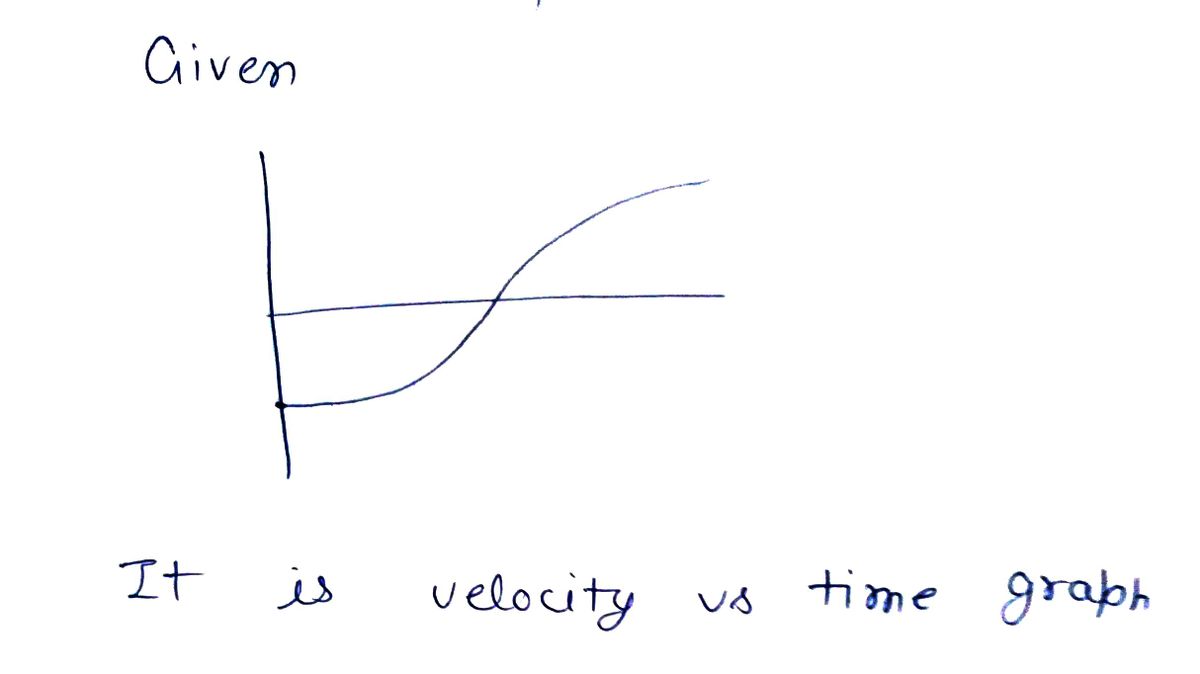Algebra and Trigonometry (6th Edition)
6th Edition
ISBN:9780134463216
Author:Robert F. Blitzer
Publisher:Robert F. Blitzer
ChapterP: Prerequisites: Fundamental Concepts Of Algebra
Section: Chapter Questions
Problem 1MCCP: In Exercises 1-25, simplify the given expression or perform the indicated operation (and simplify,...
Related questions
Question
Just question 6

Transcribed Image Text:Lesson 4: A Qualitative Look at Rates
By considering specific velocity-time functions of the motion of a particle as rate of
change functions and then trying to draw 1) a rate of change function of the rate of
change function and 2) a function that "undoes" the given rate of change function. Of
course, we are talking about creating the acceleration-time function and the position-time
functions, respectively, when supplied with a velocity-time function. It is assumed that
you have some conceptual knowledge of the derivative as a rate of change function and
the definite integral as an accumulation function. As you work through Exploration 4.1,
try to reconcile both the physical aspects and the mathematics theory behind your
answers.
Exploration 4.1: A Qualitative Look at Rates
Work with gaining a qualitative understanding of graphs of functions. In particular focus
on the relationships between acceleration, velocity, and position vs. time in terms of rates
of change of the functions given.
For each of the following velocity vs. time graphs try to sketch what you think the
corresponding position-time graph will look like. Then try to sketch the corresponding
acceleration-time graph. Be prepared to present and justify your results.
1.
2.
5.
14
3.
Expert Solution
Step 1: given

Step by step
Solved in 3 steps with 3 images

Recommended textbooks for you

Algebra and Trigonometry (6th Edition)
Algebra
ISBN:
9780134463216
Author:
Robert F. Blitzer
Publisher:
PEARSON

Contemporary Abstract Algebra
Algebra
ISBN:
9781305657960
Author:
Joseph Gallian
Publisher:
Cengage Learning

Linear Algebra: A Modern Introduction
Algebra
ISBN:
9781285463247
Author:
David Poole
Publisher:
Cengage Learning

Algebra and Trigonometry (6th Edition)
Algebra
ISBN:
9780134463216
Author:
Robert F. Blitzer
Publisher:
PEARSON

Contemporary Abstract Algebra
Algebra
ISBN:
9781305657960
Author:
Joseph Gallian
Publisher:
Cengage Learning

Linear Algebra: A Modern Introduction
Algebra
ISBN:
9781285463247
Author:
David Poole
Publisher:
Cengage Learning

Algebra And Trigonometry (11th Edition)
Algebra
ISBN:
9780135163078
Author:
Michael Sullivan
Publisher:
PEARSON

Introduction to Linear Algebra, Fifth Edition
Algebra
ISBN:
9780980232776
Author:
Gilbert Strang
Publisher:
Wellesley-Cambridge Press

College Algebra (Collegiate Math)
Algebra
ISBN:
9780077836344
Author:
Julie Miller, Donna Gerken
Publisher:
McGraw-Hill Education